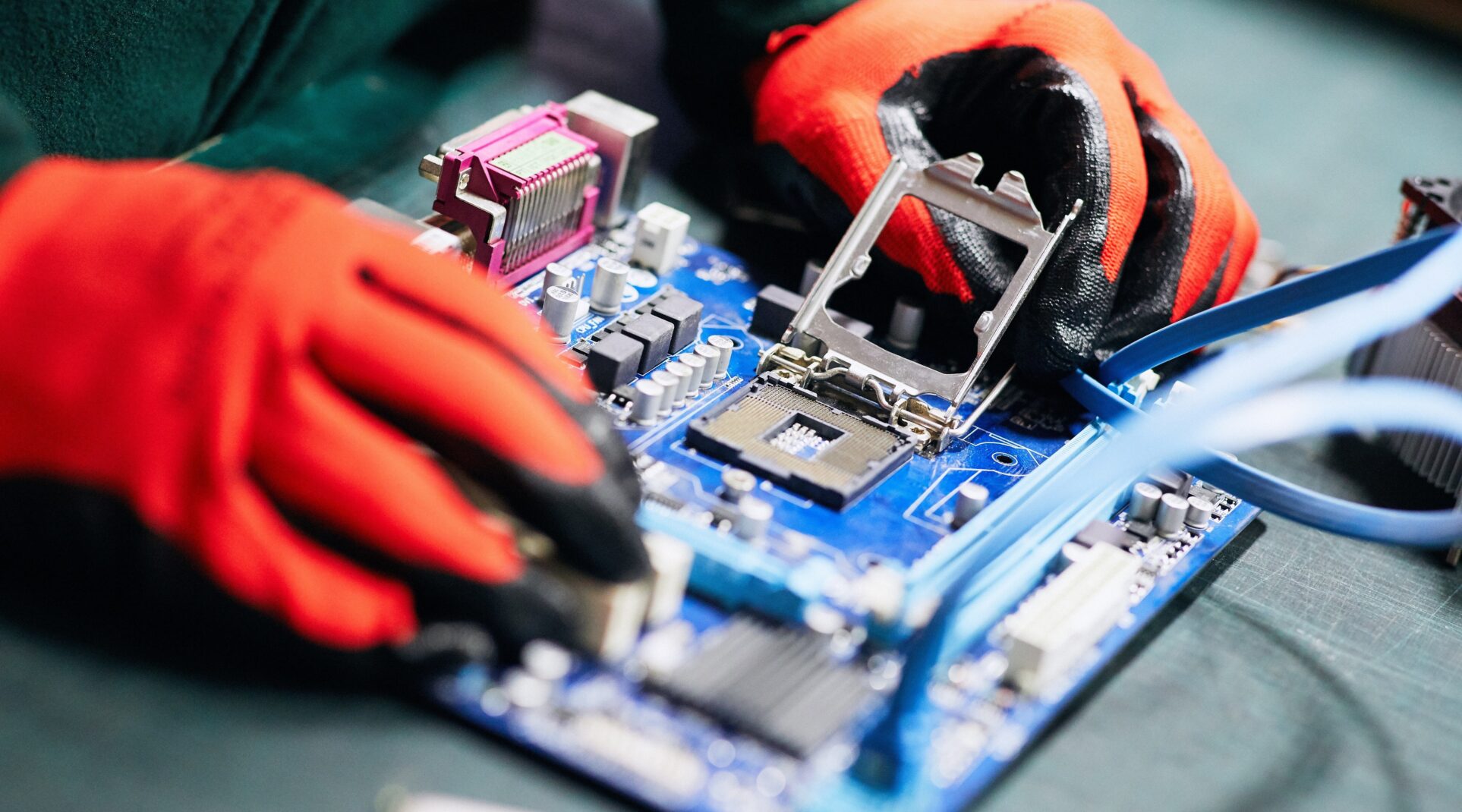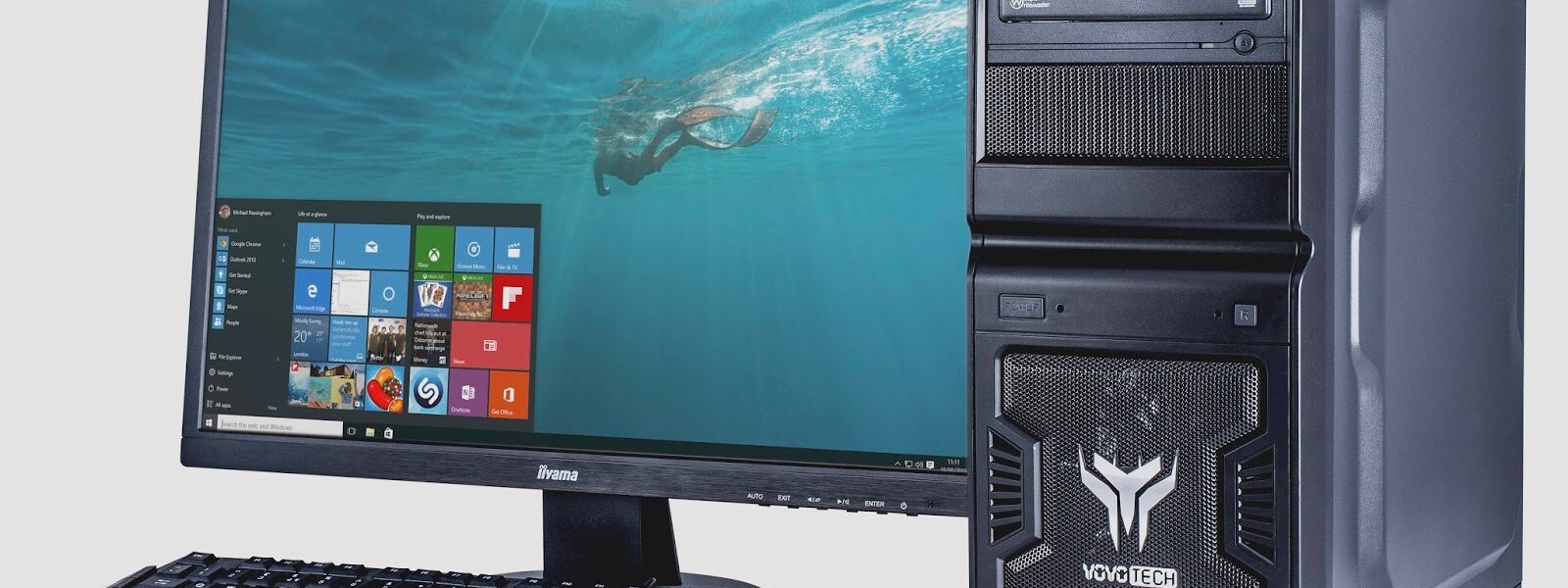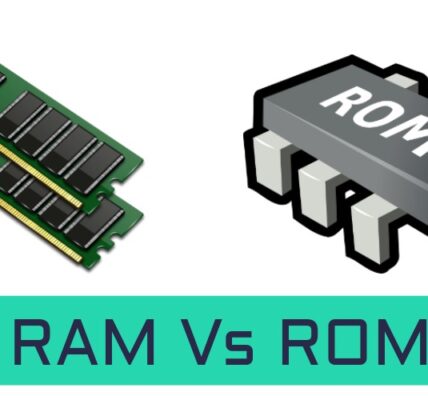A black computer screen can be a nerve-wracking sight when needs a repairs. Is it a minor glitch or a sign of a major hardware failure? Before you rush out and buy a new computer, take a deep breath and follow this guide. It will walk you through a series of troubleshooting steps to diagnose the cause of your black screen and potentially fix it yourself.
Understanding the Black Screen:
There are two main types of black screens:
- No Power: The screen is completely black, and no lights are on the computer case, indicating a lack of power.
- Pre-Boot Black Screen: The screen remains black even after powering on, but some lights might be on the case, suggesting a boot issue.
The troubleshooting steps will differ depending on the type of black screen you’re experiencing.
Basic Troubleshooting Steps (For Both Types of Black Screens):
-
Check the Easy Stuff:
- Ensure your computer is properly plugged into a working outlet and the power switch is turned on.
- Verify your monitor is turned on and properly connected to the computer with the correct cable (HDMI, DVI, or VGA).
- Try connecting the monitor to a different device (like a gaming console) to confirm it’s functioning.
-
Force a Restart: Sometimes, a simple restart can resolve temporary glitches. Hold down the power button for 10-15 seconds to force a shut down. Then, wait for at least 30 seconds before powering the computer back on.
-
Remove Unnecessary Peripherals: Disconnect any external devices except your monitor and keyboard (and mouse, if wired). This eliminates potential conflicts with external hardware.

Troubleshooting a No Power Black Screen:
-
Check the Power Cable: Ensure the power cable is securely plugged into both the outlet and the computer. Look for any signs of damage to the cable itself.
-
Test the Power Outlet: Try plugging your computer into a different outlet to verify the original outlet is functioning properly.
-
Inspect the Power Supply Unit (PSU): The PSU supplies power to all your computer’s components. If it’s faulty, you might see no lights or fans running when you turn on the computer. If you’re comfortable opening your computer case, check if the PSU’s fan is spinning. However, unless you’re familiar with PC hardware, it’s advisable to seek professional help for PSU troubleshooting or replacement.
Troubleshooting a Pre-Boot Black Screen:
-
Check RAM (Random Access Memory): Faulty RAM can cause boot issues. If you have multiple RAM sticks, try removing all but one and restart your computer. If it boots up, try each RAM stick individually to identify the faulty one. Reinstalling the RAM sticks securely can sometimes resolve the issue as well.
-
Reset BIOS Settings: The BIOS (Basic Input/Output System) is the low-level firmware that controls your computer’s startup process. Sometimes, incorrect BIOS settings can lead to a black screen. Consult your motherboard’s manual for instructions on resetting the BIOS to its default settings (usually a jumper switch or key combination).
-
Graphics Card Issues: If you have a dedicated graphics card, it could be malfunctioning. Try removing the graphics card and restarting your computer with the onboard graphics (if available). If the computer boots up without the dedicated card, it might be faulty and require replacement.
If None of These Steps Work:
If you’ve exhausted all the troubleshooting steps above and your computer remains stuck on a black screen, it’s best to seek professional help. A computer repair technician can diagnose the hardware issue and recommend a course of action, which might involve replacing faulty components.
Additional Tips:
- Keep Your System Updated: Regularly updating your operating system and device drivers can help prevent compatibility issues that might lead to a black screen.
- Backup Your Data: Having a recent backup of your important files is crucial in case of a hardware failure.
- Invest in Surge Protection: A surge protector safeguards your computer from unexpected power fluctuations that could damage components.
By following these steps and maintaining good practices, you can hopefully avoid encountering a black screen. But if you do, remember, a systematic approach to troubleshooting can often identify the culprit and get your computer back up and running.





